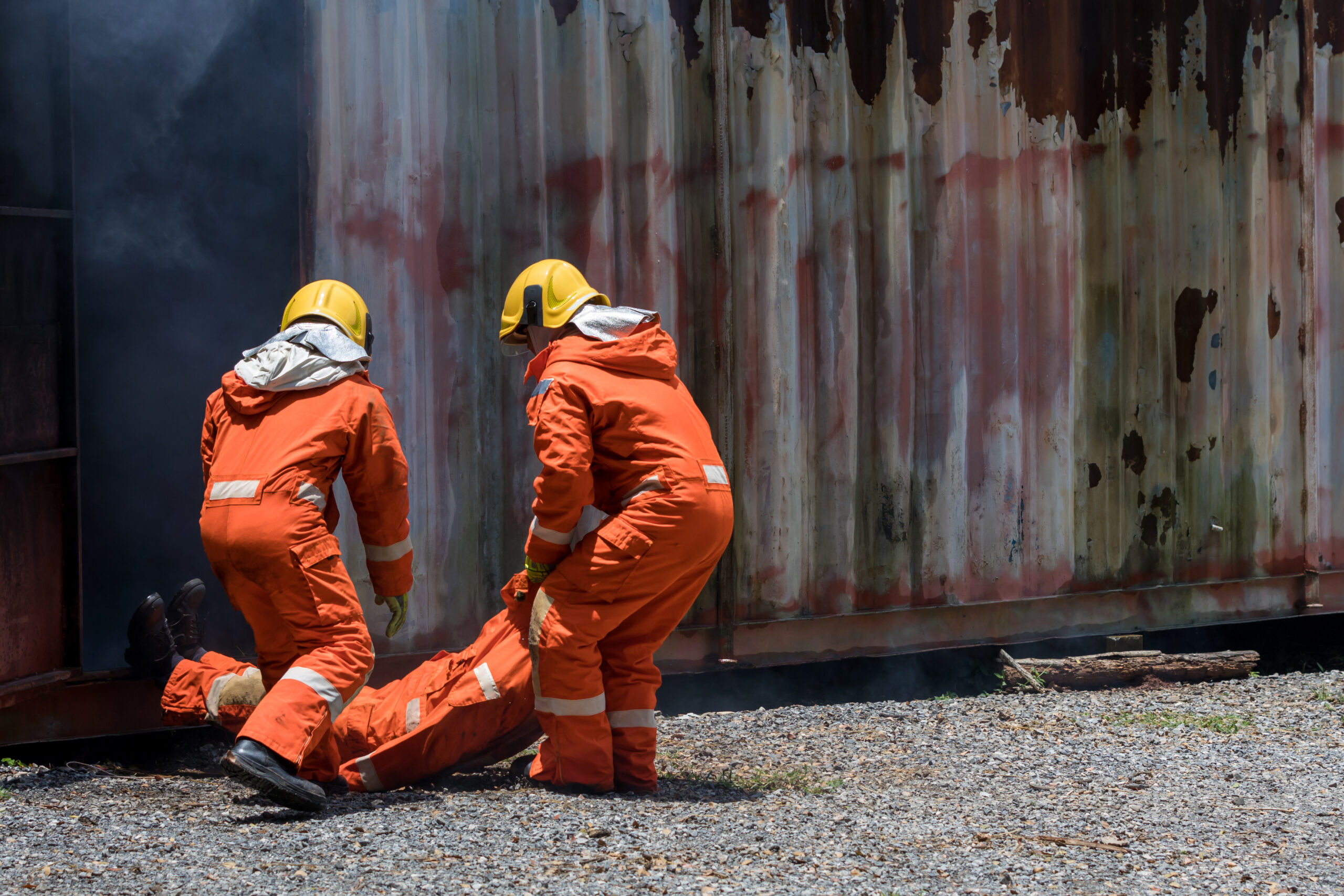OSHA Proves Extreme Heat Hazard, Fails to Propose Abatement

In a series of heat illness-related cases involving the United States Postal Service (USPS), OSHA successfully established extreme heat as a workplace hazard but failed to propose feasible abatement methods.
The Occupational Safety and Health Review Commission (OSHRC) upheld an administrative law judge’s decision to vacate citations in four of the five cases. The fifth case was remanded for further proceedings.
While the OSHRC agreed that OSHA established the cited conditions of extreme heat posed a legitimate hazard under the General Duty Clause, the commission found OSHA’s suggestions to abate the hazardous conditions in four of the cases fell short. In the fifth case, OSHRC found USPS failed to provide effective training to supervisors on heat-related illnesses, according to a local law firm.

No Feasible Abatement Measures
Once the hazard was established, the main issue with OSHA’s case became its failure to recommend feasible, effective abatement measures that USPS didn’t already have in place. The agency argued that USPS failed to implement a comprehensive program to address the hazard of extreme heat, violating the General Duty Clause. Measures OSHA suggested include:
- Work/rest cycles
- Emergency response plans and employee monitoring
- Analyzing USPS data on employee heat-related illnesses
- Reducing employee time outdoors
- Use of air-conditioned delivery vehicles
- Training on heat-related illnesses, and
Click here to view OSHA’s Fact Sheet on Protecting Workers from the Effects of Heat.
However, USPS proved it was already either doing most of these things or was in the process of adopting them. USPS was already providing supervisor and employee training on recognition and prevention of heat-related illnesses. Some locations sent supervisors to regularly check on employees working in extreme heat. USPS was also already in the process of purchasing air-conditioned delivery vehicles. It also argued that its mail carriers already had access to air-conditioned or shaded locations to rest, typically in the form of air-conditioned businesses.
The USPS training program used different forms of media to get the message regarding the hazard across, including:
- Stand-up talks
- Computer-based courses
- Posters
- Videos
- Bulletins
- Messages on computer screen savers, and
- Laminated cards with the signs and symptoms of heat-related illness.
The OSHRC found this was sufficient to prove USPS’s point in all but the Des Moines case. Some of OSHA’s other suggested abatement measures proved either too costly or failed to be technically feasible.
Purchase NASP’s Certified Safety Manager (CSM) Course
Blog Posts
Latest Posts
Related Posts






